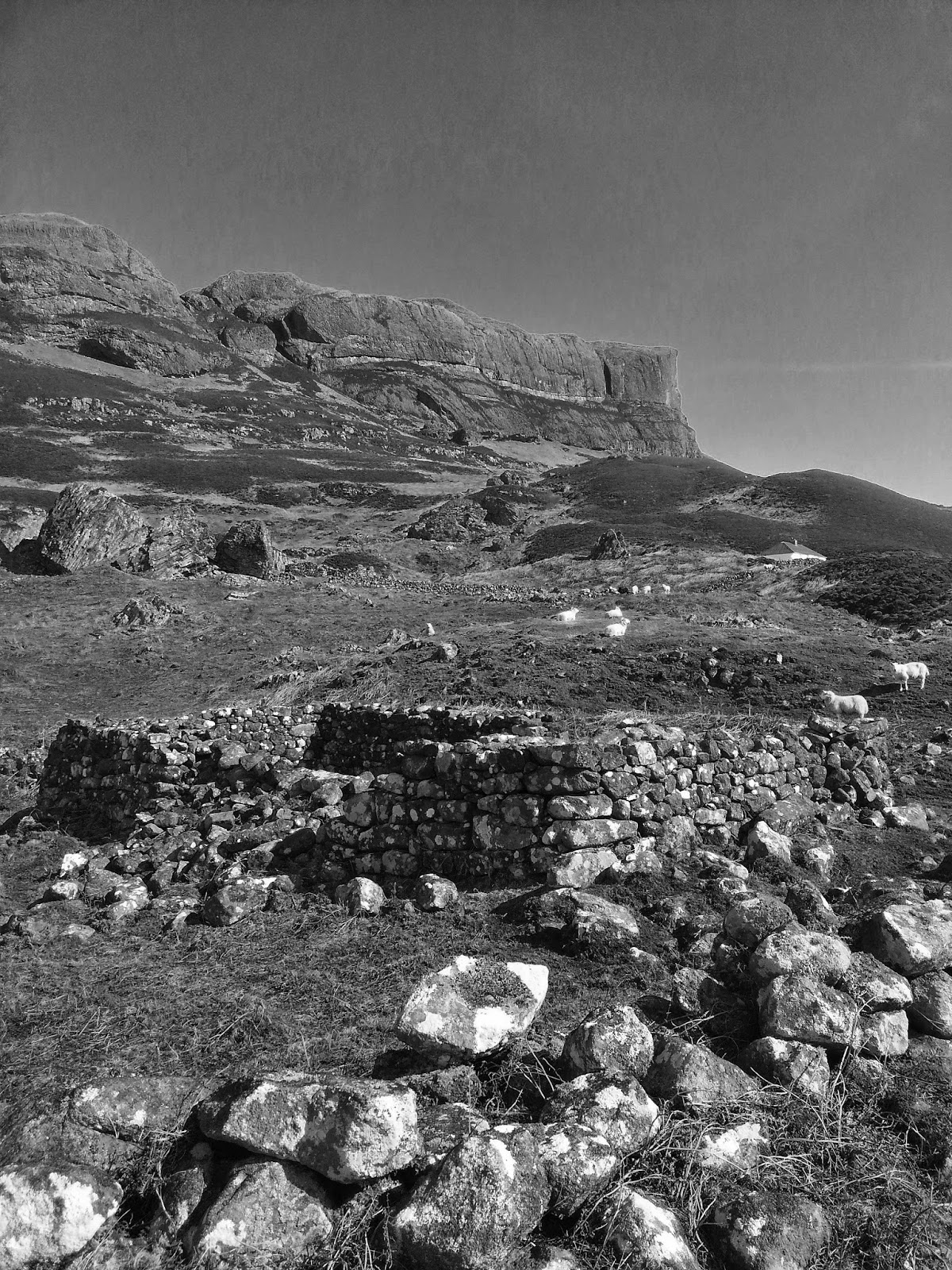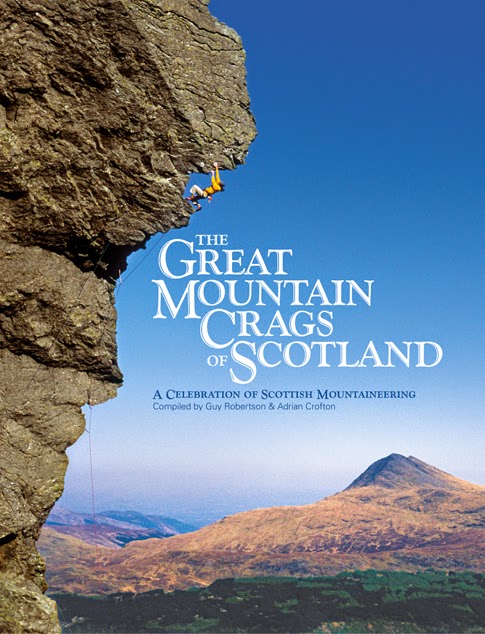The Rock That Keeps On Giving
What I keep returning to in bouldering is its ability to absorb our imagination and its open-ended nature. Dumbarton Rock, despite its heavy historical footfall, still keeps giving new 'lines'. In bouldering, there is a crucial core to enjoying it and this is the simple sense of play. The eliminate philosophy of deciding what lines to climb means a single lump of rock can provide limitless entertainment and fun. There aren't any restrictions as to line - it is the movement and quality of moves which counts, which is why we can get so absorbed by graffiti-scrawled rock in a tawdry industrial setting and still feel like we are lost in a new world. This focus on the actual climbing rather than the line dictated by the architecture (these are always the obvious aesthetic lines which are climbed first) means anything is possible and any move can be as good as another: the rock doesn't really care which way you go, after all. Hence the birth of traversing, such as the classic Consolidated Traverse, which opened a whole new game at Dumbarton.
A case in point are the new 'link-ups' and traverses which seem to be the future of Dumby, as they provide this 'custom-climbing' approach which allows you to choose what problem you'd like to climb, a bit like a supermarket with hundreds of brands - just take your pick. Take the Mugsy Cave, for example. Chris Houston began linking and eliminating holds in new sequences with problems such as Houston, We Have a Problem (best name of the year!) and then Will Atkinson (and Malc Smith, amongst others) stepped in and linked up some old classic problems and suddenly we have a mini-Bowderstone! An example of Will's open-eyed approach is this classic link-up of Mestizo Arete, Mugsy Traverse and Malky, which he called Nice & Sleazy. It links a series of aesthetic (and hard) moves on a typically slopey and archetypal chunk of Dumbarton Rock:


